Text and photos by Sebastian Kennerknecht
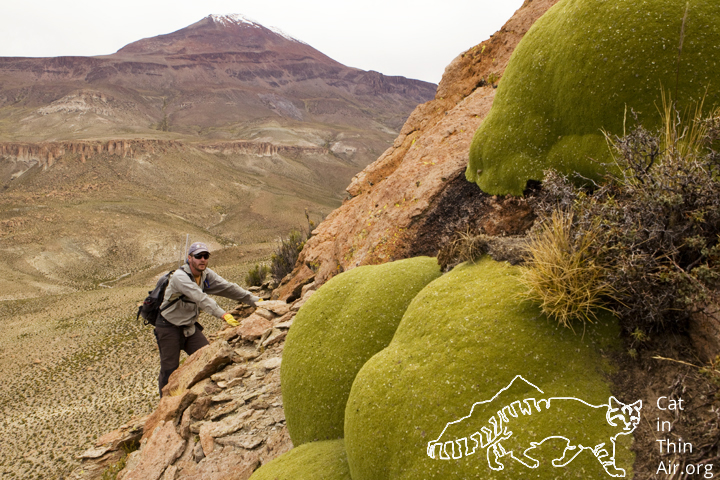
An Andean Cat slowly walks along a ridge in the high Andes. A camera’s shutter clicks. The cat pauses to see where the noise is coming from. The camera takes a few more pictures. Curious, the feline approaches and cheek rubs the waterproof case surrounding the camera. I wake up.
That’s the dream I had while sleeping in a tent in western Bolivia while working on the Cat in Thin Air project. My name is Sebastian Kennerknecht and for years I have dreamed of photographing the Andean Cat to then use those pictures to aid in their conservation. To make this a reality I teamed up with the amazing biologists of the Andean Cat Alliance and created the Cat in Thin Air project.
The goal of the project is simple: help ensure the survival of the Andean Mountain Cat through education on a local and global scale. The method was also simple at least in concept: photograph the ecology of the cat, the human caused threats the cats face, as well as the conservation actions being taken to protect this animal, to then tell the Andean Cat’s whole story to be shared with the world.
So it was time to head to Bolivia and Argentina to meet up with the researchers who have been studying the species for years.

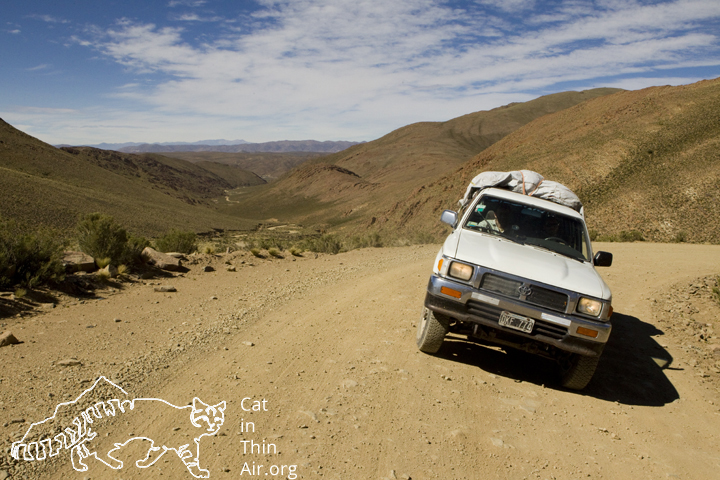
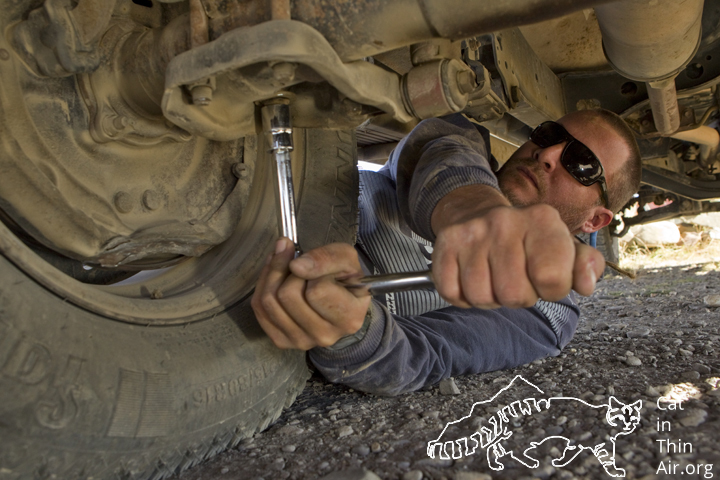
Once we arrived at the study site the beauty of the area became more than obvious.
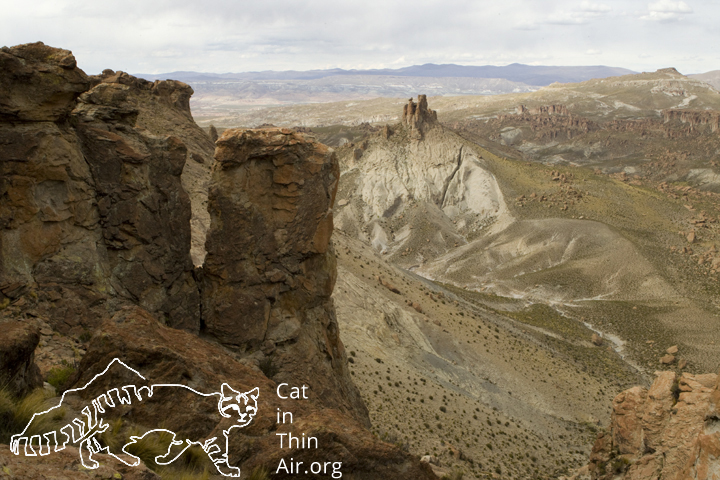
So how do you photograph a cat species that most researchers studying the species have never even seen themselves? The answer is simple: SLR camera traps. Imagine a professional camera connected to two flashes all of which are connected to a triggering device that activates the camera when an animal passes through an invisible beam.
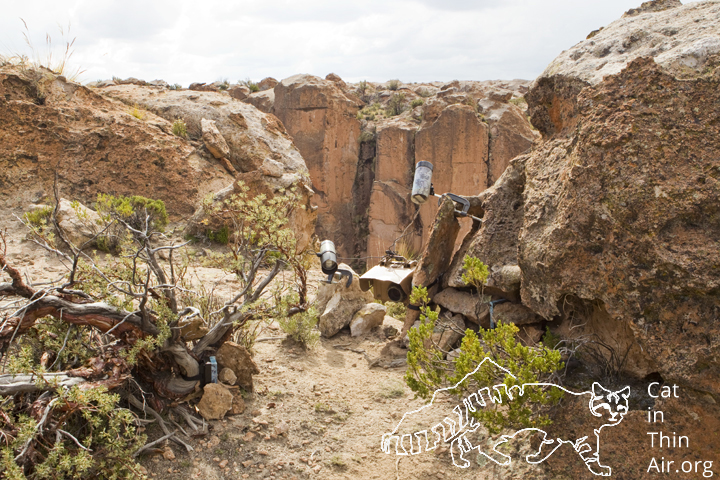
All of the biologists, including Juan Reppucci, Cintia Tellaeche, Mauro Lucherini, Alejandra Torrez, and Juan Carlos Huaranca, being the amazing people that they are put their research projects on hold and helped me not only set up these camera traps but also schlep them up the mountain.
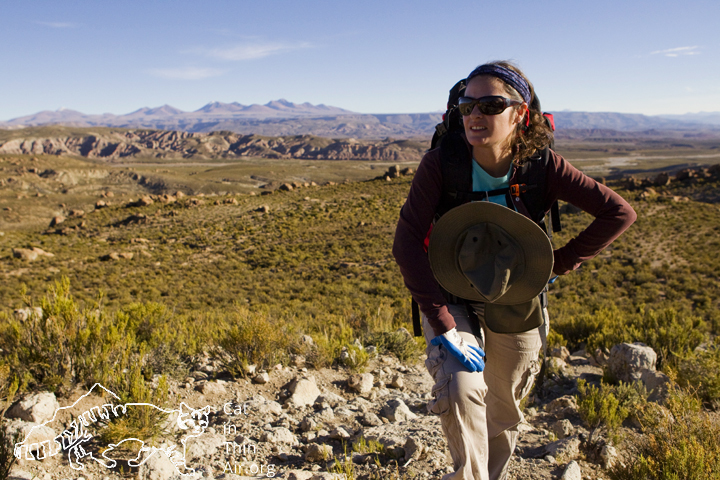
We placed four of these camera trap set-ups to try and get pictures of these elusive cats. After that it was time to be patient and focus on the other photographs (like the threats and the biologist’s research — – but sadly if I write about that here, this post will simply get too long). After five weeks we collected all the traps and checked the results of the cameras.
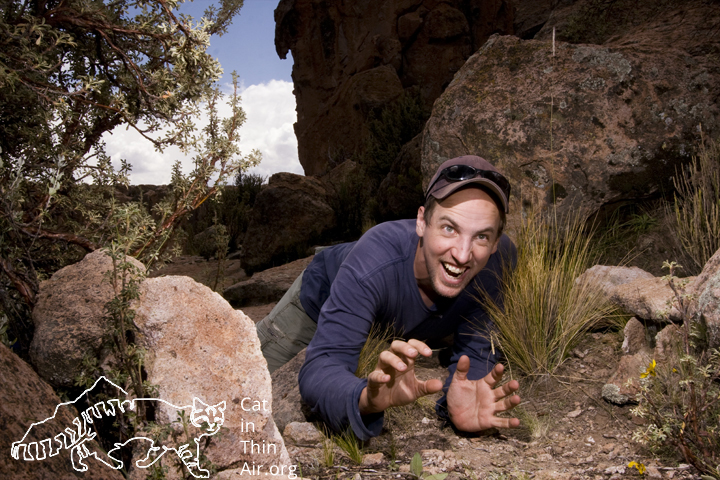

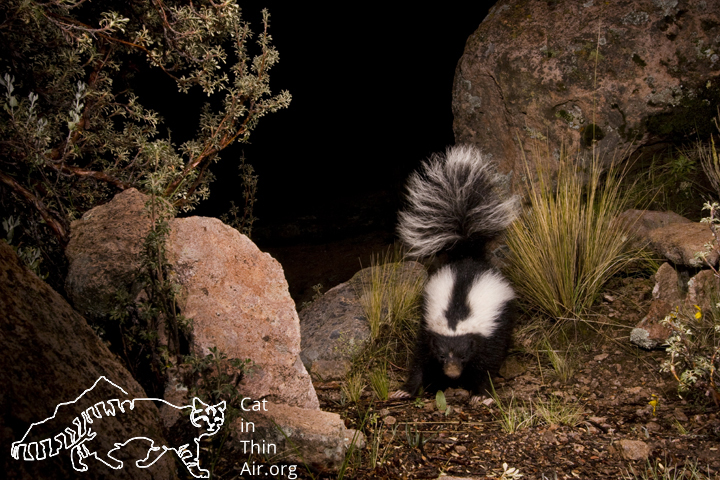
Whenever I go on assignment to try and photograph a wild cat species (in the wild!) that hasn’t been photographed a whole lot, looking through the camera trap images is both nerve racking and extremely exciting. Getting pictures of a fox and a skunk was of course more than great, but it wasn’t the goal of the project. When I saw a picture of an Andean Cat on the back of the camera, all my fears went right away (due to multiple reasons we can’t publish this image yet); and that image was followed by the discovery of a Pampas Cat.
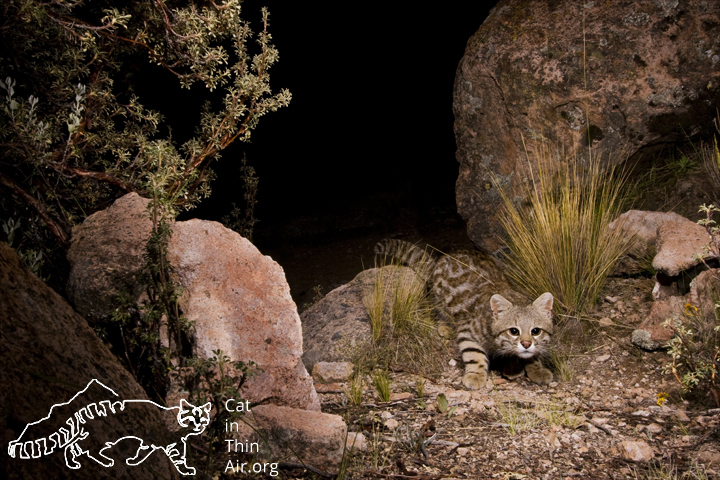
All our efforts were rewarded by this single picture. This will hopefully be the first of many pictures of the cat species found in the Andes. Only time will tell as I will return to South America next year. If you’d like to find out more about the Cat in Thin Air Project, please visit: http://catinthinair.org/ . Finally, I’d like to also make sure Lilian Villaba is acknowledged for all the work she put into making this project a reality!